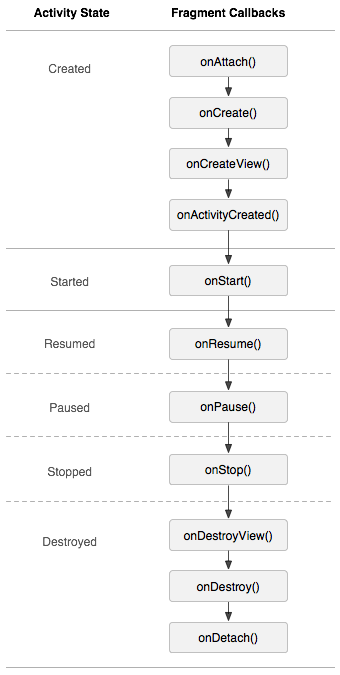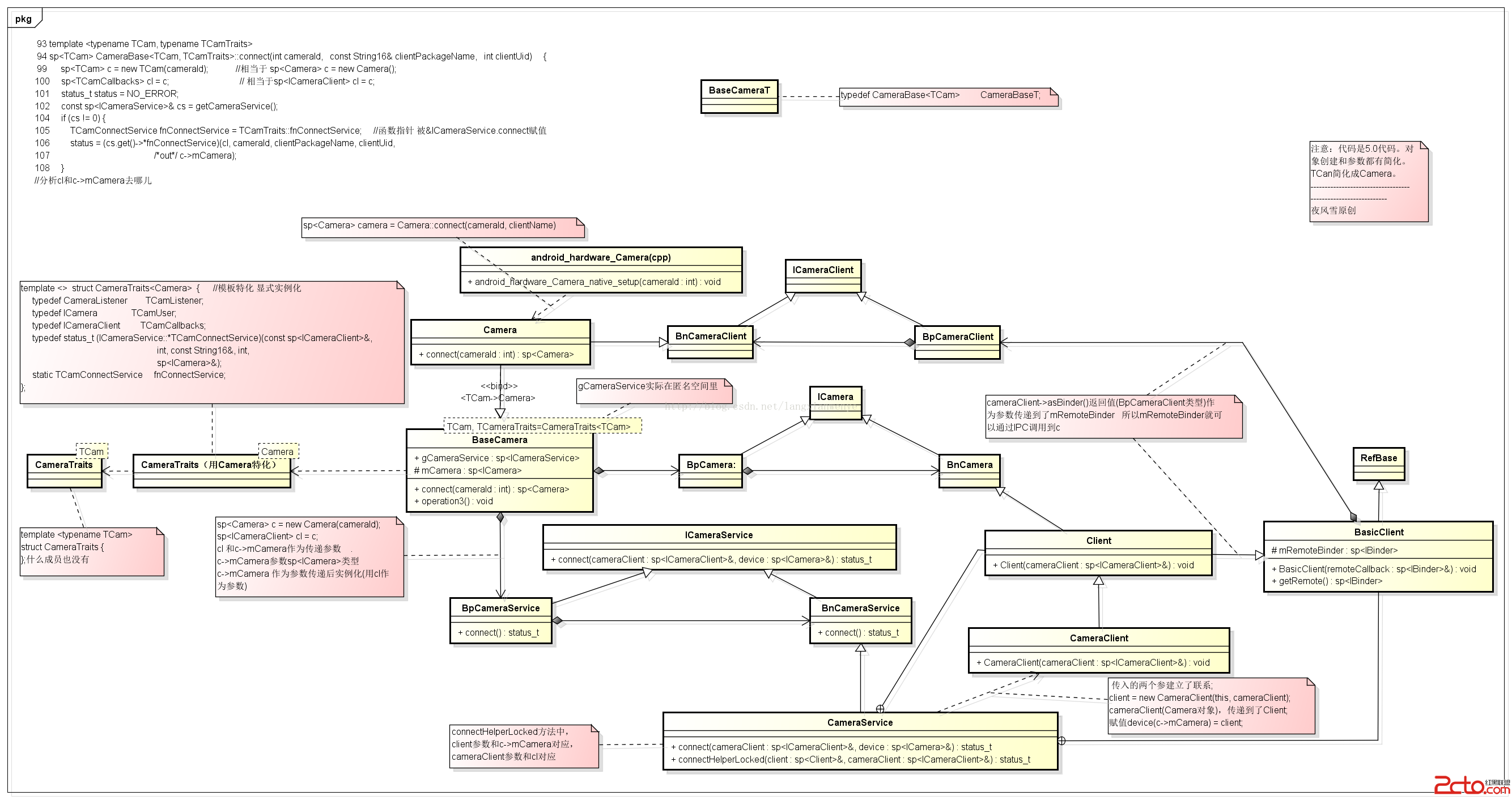編輯:關於Android編程
如果不用USB線, pad 怎樣從PC接收文件 ? 我在家用無線路由器, pad 用WiFi 連網.
Windows PC 上先啟動服務程序 getfile.py -mode server
import sys, os, thread, time
from socket import *
def now(): return time.strftime('%Y-%m-%d %X',time.localtime())
bufsz = 1024
defaultHost = 'localhost'
defaultPort = 55555
path = '/python4android/'
helptext = """
Usage...
server=> getfile.py -mode server [-port nnn] [-host hhh|localhost]
client=> getfile.py [-mode client] -file fff [-port nnn] [-host hhh|localhost]
"""
def parsecommandline( ):
dict = {} # put in dictionary for easy lookup
args = sys.argv[1:] # skip program name at front of args
while len(args) >= 2: # example: dict['-mode'] = 'server'
dict[args[0]] = args[1]
args = args[2:]
return dict
def client(host, port, filename):
sock = socket(AF_INET, SOCK_STREAM)
sock.connect((host, port))
sock.send(filename + '\n') # send remote name with dir
file = open(filename, 'wb') # create local file in cwd
while True:
data = sock.recv(bufsz) # get up to 1K at a time
if not data: break # till closed on server side
file.write(data) # store data in local file
sock.close( )
file.close( )
print 'Client get', filename, 'at', now( )
def serverthread(clientsock):
global path
sockfile = clientsock.makefile('r') # wrap socket in dup file obj
filename = sockfile.readline( )[:-1] # get filename up to end-line
dropdir = path + os.path.split(filename)[1]
try:
file = open(dropdir, 'rb')
while True:
bytes = file.read(bufsz) # read/send 1K at a time
if not bytes: break # until file totally sent
sent = clientsock.send(bytes)
assert sent == len(bytes)
print 'download file :', dropdir
except:
print 'Error download file on server:', filename
clientsock.close( )
def server(host, port):
serversock = socket(AF_INET, SOCK_STREAM) # listen on TCP/IP socket
serversock.bind((host, port)) # serve clients in threads
serversock.listen(5)
while True:
clientsock, clientaddr = serversock.accept( )
print 'Server connected by', clientaddr, 'at', now( )
thread.start_new_thread(serverthread, (clientsock,))
def main(args):
host = args.get('-host', defaultHost) # use args or defaults
port = int(args.get('-port', defaultPort)) # is a string in argv
if args.get('-mode') == 'server': # None if no -mode: client
if host == 'localhost':
name = gethostname()
host = gethostbyname(name) # else fails remotely
server(host, port)
elif args.get('-file'): # client mode needs -file
client(host, port, args['-file'])
else:
print helptext
if __name__ == '__main__':
args = parsecommandline( )
main(args)
cmd 用 ipconfig 看PC的IP地址.
android pad 運行 getfile.py
# -*- coding: utf8 -*-
import android
import sys, os, time
from socket import *
def now(): return time.strftime('%Y-%m-%d %X',time.localtime())
droid = android.Android()
filename = droid.dialogGetInput(u"從PC接收文件",u"請輸入文件名:").result
print filename
bufsz = 1024
host = '192.168.0.103'
port = 55555
path = '/mnt/sdcard/sl4a/scripts/'
sock = socket(AF_INET, SOCK_STREAM)
sock.connect((host, port))
sock.send(filename + '\n') # send remote name with dir
file = open(path+filename, 'wb') # create local file in cwd
while True:
data = sock.recv(bufsz) # get up to 1K at a time
if not data: break # till closed on server side
file.write(data) # store data in local file
sock.close( )
file.close( )
print 'Client get', filename, 'at', now( )
在android 4.1 pad 上測試通過.
 Fragment介紹及兩種使用方法
Fragment介紹及兩種使用方法
為何產生同時適配手機和平板、UI和邏輯的共享。介紹Fragment也會被加入回退棧中。Fragment擁有自己的生命周期和接受、處理用戶的事件可以動態的添加、替換和移除某
 Android自定義RatingBar(評分控件)
Android自定義RatingBar(評分控件)
RatingBar簡單介紹RatingBar是基於SeekBar(拖動條)和ProgressBar(狀態條)的擴展,用星形來顯示等級評定,在使用默認RatingBar時,
 Android framework camera回顧-Camera ICameraClient ICamera CameraClient之間關系(2)完整圖
Android framework camera回顧-Camera ICameraClient ICamera CameraClient之間關系(2)完整圖
 Android計算器編寫代碼
Android計算器編寫代碼
其實這個安卓計算機,所有的後台思想與《C#計算器編寫代碼》是一模一樣的。Win窗體程序移植到安卓,從C#到Java其實很簡單的,因為兩者的基本語法都很相像,唯一的難點是安